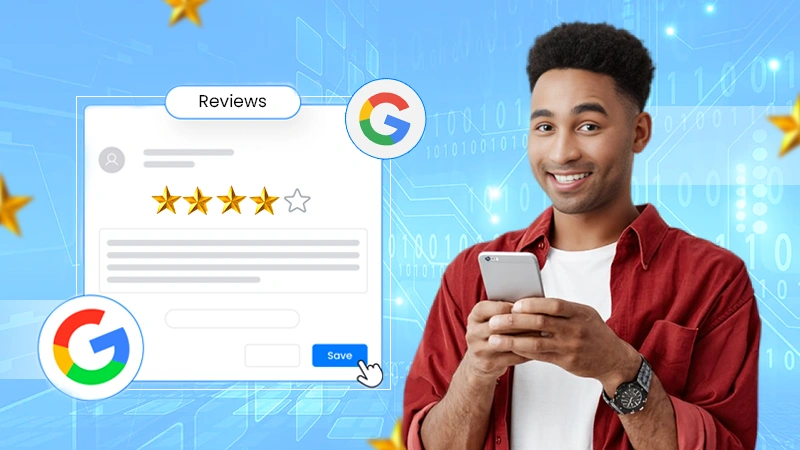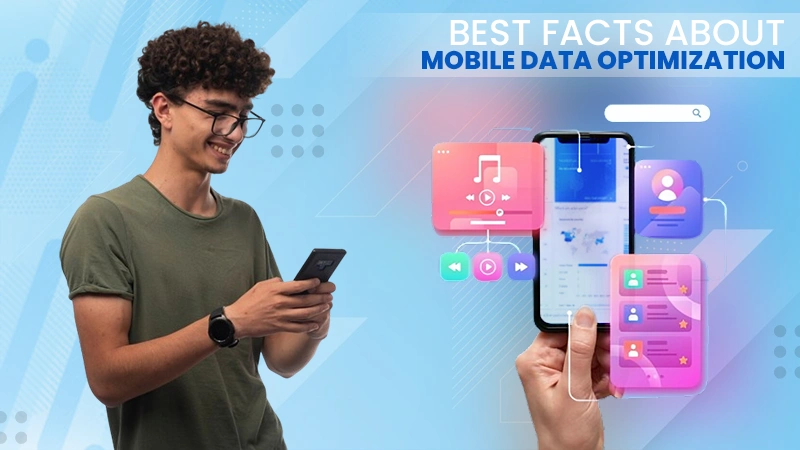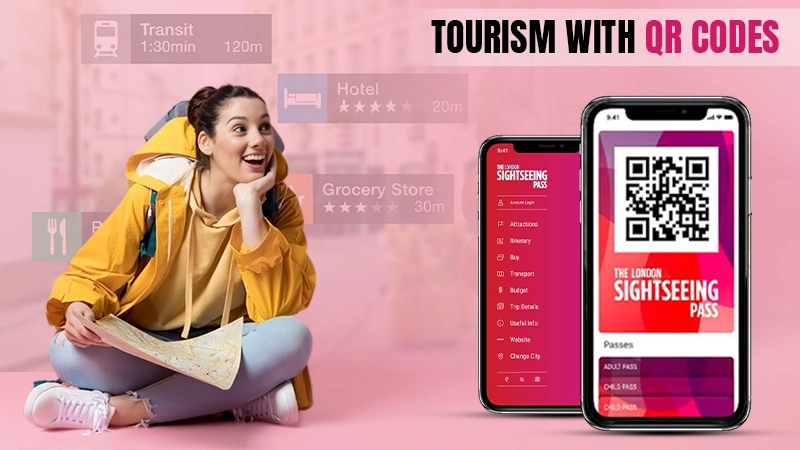It’s not enough just being a web developer these days if you want to make some superb money. You must be able to differentiate yourself in the marketplace to gain more opportunities. If you can do this successfully, 100% will help you get more projects to work on and charge you higher fees.
Here are a few tips that will help you position yourself as a great professional with your portfolio, which will ultimately help you attract more customers.
The Importance of Identifying a Niche
The first rule of marketing is to define your target audience and the result you can give it.
Whether you provide financial software development or web designing, this is what you get paid for. Therefore, choose a market segment that you would like to work with, that has the money to afford it, and (ideally) that for which some projects have already been done.
Next, you need to create your positioning statement, which should immediately tell site visitors who you are and what effect they can reach with you.
You can use this formula to create your positioning statement:
I help _ _ (target audience) _ _ do (build / achieve / overcome) _ _ (the problem you are helping to solve).
If it goes as “I’m helping beginner SaaS companies build highly converting websites,” it can still be narrowed down and improved. As you gain more experience and work with more clients, you can refine it to something like, “I help SaaS healthcare companies build highly converting websites.”
Now imagine the founder of a SaaS startup in the healthcare niche comes to your site and sees this positioning statement versus a very general one like “I’m a web developer.” How much easier would it be for you to stand out and gain a huge advantage over your competitors in the market?
The Perfect Landing Page
Below you will find four elements that will contribute significantly to getting more projects.
1. Problem
A good way to start your landing page is to identify the customer’s problem. If you know and mention their pain points, you can get them to read your text. And a well-written copy plays an important role in convincing your visitors to take the next action.
2. Solution
Once you’ve mentioned their problem, you need to provide them with the solution you are proposing. You must show how working with you can solve their problems. Whatever their problems are, you must show that you understand them and can help solve them. Consider devops as a service – DataArt company for example.
The main takeaway here is that it is important to be very specific with the result that you can help your clients achieve. The more accurate it is, the better the conversion will be.
3. Social Evidence
Social proof plays an extremely important role in converting leads to customers. When someone visits your site, they don’t know if they can trust you. Regardless of how many customers plan to spend, they should feel comfortable with you. They need at least some level of trust. That’s why they want to see as many signs as possible that you are trustworthy.
Obviously, social proof can take various forms. The most popular and important ones, in our opinion, are case studies with the results you received and feedback about you. They will be critical to convincing your customers and helping them stand out from others.
Ideally, your testimonials should demonstrate the specific business goal that you helped your client achieve. But even if you don’t have them, you can use the regular reviews your customers leave for you. It goes without saying that this is better than no reviews at all.
4. Call to Action
Last but not least, there should be a single call to action on your site. Most likely, it will be a button to contact you or order your call.
Having a single call to action is very important because if you give people too many options, they will not be as focused on taking the action that you really want them to take.
A good solution is to have the call-to-action button appear at least 2-3 times on the page: one on the first screen where you have your positioning statement and/or your offer, and one at the very bottom of the page so that when visitors finished reading, they did not have to go back upstairs to perform the desired action. Another call to action in the middle of the page is also a good idea. In this case, add it after you describe the problem, your solution, and introduce yourself as a person who can help your clients with their problems.






